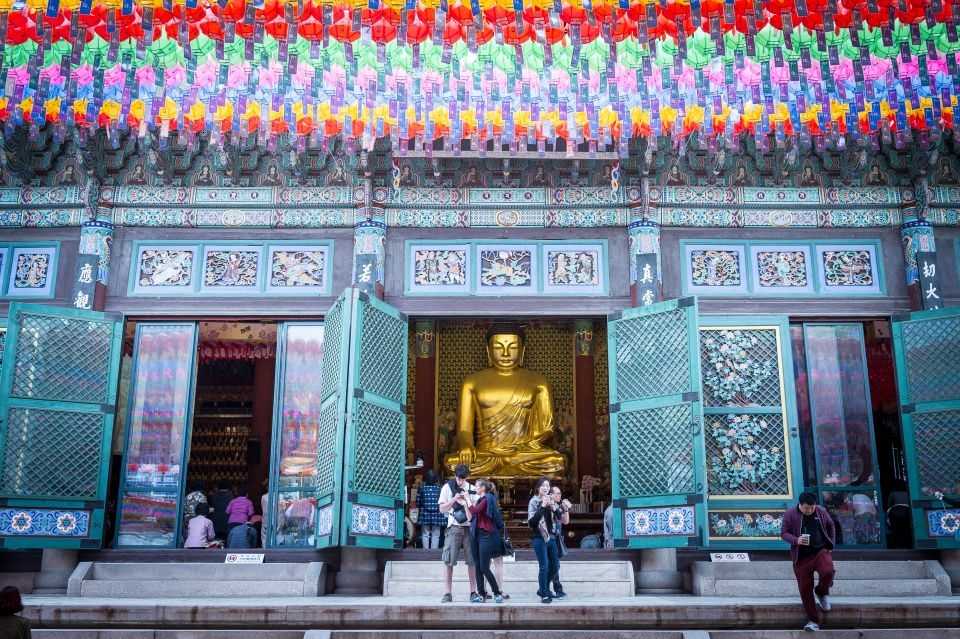Discovering Jogyesa Temple: A Tranquil Oasis in Seoul
Nestled in the bustling heart of Seoul, Jogyesa Temple offers a serene escape from the city’s fast-paced life. As the chief temple of the Jogye Order of Korean Buddhism, it stands as a beacon of tranquility and spiritual reflection. Whether you’re a local seeking a moment of peace or a traveler exploring Seoul’s cultural heritage, Jogyesa Temple provides a unique glimpse into Korea’s rich Buddhist traditions.
A Brief History of Jogyesa Temple
Jogyesa Temple’s history dates back to the late 14th century, although it was officially established in its current form in 1910. The temple has undergone several renovations, with the most significant changes occurring in the 20th century. Despite these transformations, Jogyesa has retained its spiritual essence and continues to serve as a central hub for Korean Buddhism. The temple’s main hall, Daeungjeon, houses a magnificent statue of the Buddha, and its architecture reflects a harmonious blend of traditional Korean design and modern influences.
What to See and Do at Jogyesa Temple
Visitors to Jogyesa Temple can immerse themselves in a variety of experiences that highlight the temple’s cultural and spiritual significance. The temple grounds are adorned with vibrant lanterns, especially during the annual Lotus Lantern Festival, which celebrates Buddha’s birthday. This festival is a must-see, offering a dazzling display of lights and traditional performances.
The temple’s main hall, Daeungjeon, is a focal point for meditation and prayer. Visitors are welcome to participate in temple activities, such as tea ceremonies and meditation sessions, which provide a deeper understanding of Buddhist practices. The temple also hosts various cultural programs and workshops, allowing visitors to engage with Korean traditions and spirituality.
Practical Tips for Visiting Jogyesa Temple
When planning a visit to Jogyesa Temple, it’s important to consider a few practical tips to enhance your experience. The temple is easily accessible via public transportation, with several subway stations nearby. It’s advisable to dress modestly, as Jogyesa is an active place of worship. Comfortable shoes are recommended, as you’ll likely spend time walking around the temple grounds.
Photography is generally allowed, but it’s respectful to ask for permission before taking pictures of monks or during religious ceremonies. The temple is open year-round, but visiting during the Lotus Lantern Festival in spring offers a particularly memorable experience. Lastly, while entrance to the temple is free, donations are appreciated to help maintain the temple and its programs.
